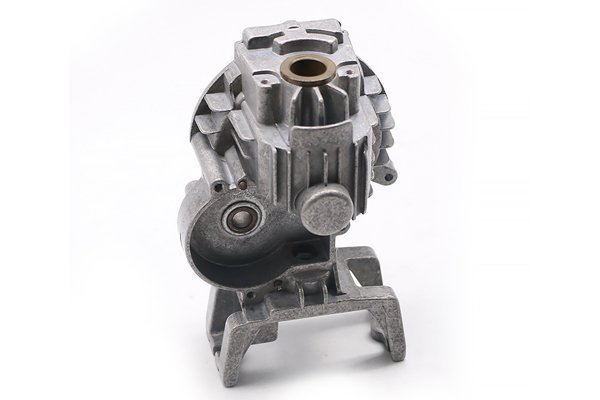Did you know that the global CNC machining market is projected to reach a stunning $100 billion by 2025, fueled by increasing demand for precision engineering across various sectors? In a world where speed and precision are paramount, especially in aerospace, automotive, and electronics, optimizing the process route for CNC aluminum parts processing is not just a best practice; it’s a necessity.
Understanding CNC Machining
CNC (Computer Numerical Control) machining refers to the automated control of machining tools (such as drills, lathes, routers, and millers) by means of a computer. It allows for high precision manufacturing of complex parts, making it vital in industries where accuracy and repeatability are crucial. Aluminum, known for its lightweight yet strong properties, is one of the most popular materials used in CNC machining.
The Importance of Process Route Optimization in CNC Aluminum Processing
Optimizing the process route entails analyzing and refining the entire workflow from raw material to finished product. An optimized route improves production speed, reduces costs, and enhances product quality. Understanding various factors that affect the process route can significantly contribute to manufacturing efficiency.
Key Factors Affecting Process Route Optimization
Steps to Optimize the CNC Aluminum Processing Route
Evaluate existing processes and pinpoint areas where downtime, waste, or errors occur. A thorough understanding of current practices is essential for making effective changes.
Investing in advanced CAD/CAM software can streamline design and programming processes. These tools can simulate the machining process, helping to anticipate and rectify potential issues before production begins.
Lean manufacturing focuses on reducing waste while ensuring the quality of products. Techniques such as the 5S System (Sort, Set in Order, Shine, Standardize, Sustain) can be applied to improve workplace organization and efficiency.
Selecting the appropriate cutting tools is one of the most impactful decisions in CNC machining. Tools should be chosen based on factors such as speed, material compatibility, and tool life. Using coated tools can improve efficiency by reducing friction and wear.
Understanding the design of the part is critical to determining the best machining strategy. It may involve:

Incorporating automation can lead to significant gains. Automation technologies, such as robotics for loading and unloading, tend to enhance precision and reliability while reducing labor costs and human error.
Collecting data during machining and analyzing it can help identify patterns or issues that need addressing. This continuous improvement approach ensures the optimization process evolves with changing demands and technological advancements.
Implementing Quality Control Measures
Quality control is pivotal in any CNC aluminum processing plant. Effective measures can help ensure dimensional accuracy and surface finish integrity. Key strategies include:
Case Studies: Success Stories of Process Route Optimization
Case Study 1: Aerospace Component Manufacturer
An aerospace component manufacturer implemented CAD/CAM software and automated loading systems, leading to a 30% reduction in production time. By optimizing their process route, they not only increased their throughput but also improved precision, leading to enhanced product safety and performance in aerospace applications.
Case Study 2: Automotive Parts Supplier
An automotive supplier adopted lean manufacturing practices, such as just-in-time inventory management and 5S, resulting in a significant decrease in waste. This optimization strategy allowed them to meet fluctuating market demands more efficiently, contributing to a 20% boost in profit margins.
Optimizing the process route for CNC aluminum parts production is essential for any manufacturing plant aiming for efficiency, quality, and competitiveness. By assessing current practices, utilizing advanced technology, implementing lean strategies, and ensuring stringent quality control, manufacturers can transform their operations to meet the high demands of modern industries.
As we move towards an increasingly automation-driven future, understanding the techniques outlined in this blog becomes even more critical. Whether you’re a small shop or a large enterprise, re-evaluating your CNC processing strategies can lead to substantial benefits in production efficiency, product quality, and ultimately customer satisfaction.
Embrace these changes in your manufacturing practices, and become part of the evolving landscape of CNC machining. The future is here, and it’s time to optimize your process routes for sustained success.






